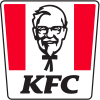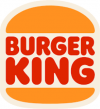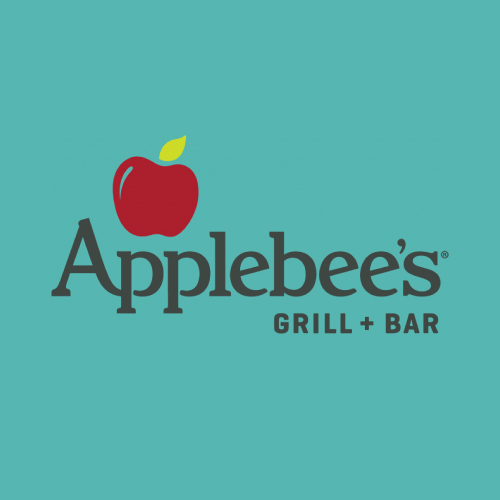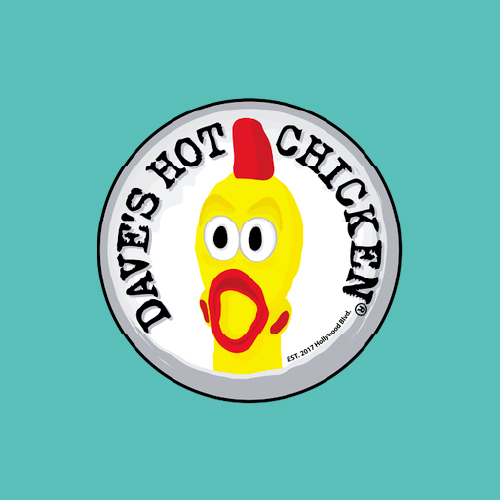From independents to national chains, we’ve got your back-of-house.






We are dedicated to providing the best services for restaurants and commercial kitchens. So, let us take the weight off your shoulders and help optimize your kitchen with our hardworking technicians, fleet of trucks, drivers, innovative restaurant tech solutions, equipment, and expertise.
Save big on insurance premiums, ensure consistent fried food quality, and more.
Improve morale. Improve retention. Improve control. Automate the worst parts of their job.
Discover fresh solutions for old, deep-fried thinking. In a busy kitchen, get a measure of control with an advanced system that removes the need to manually handle oil. We’ve got the hardest job in the kitchen covered through our automated cooking oil management system. You can count on:
Automate the most hated jobs in the kitchen to improve retention and morale.
Protect your staff by reducing oil-related accidents.
Ensure consistent food quality when you automate your oil management.
Reduce waste and recycle used oil into biodiesel.
Headquartered in Mendota Heights, Minnesota, we have 41 depots and over 1,200 employees serving over 45,000+ customers nationwide. Explore success stories and discover how our partnerships have propelled us to become the leading cooking oil provider in the restaurant industry.








From independents to national chains, we’ve got your back-of-house.






















This website uses cookies to enhance user experience and to analyze performance and traffic on our website. We also share information about your use of our site with our social media, advertising, and analytics partners. Learn more in our privacy policy and terms of service.